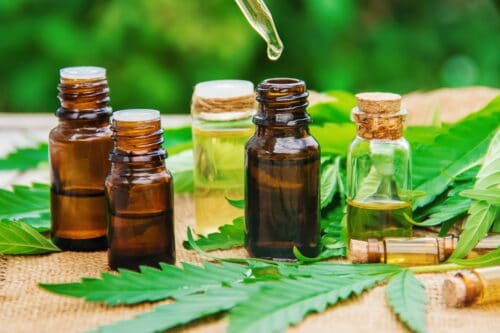In part 1 we looked at what food grade ethanol is all about. Now let’s look at what we can do with it. We look at tinctures and extracts.
What is food grade ethanol used for?
Food Grade Ethanol can safely be use as a solvent for different products, such as culinary extracts, essential oils, tinctures, and concentrates. You will minimise the impurities which can contaminate your extracts and tinctures when using Food Grade Ethanol. Whether you are a novice, or an extraction artist, using Food Grade Ethanol will help you create the highest quality of oils, concentrates, and tinctures!
Some of the most popular applications for Food Grade Ethanol, includes.
- Cannabis (THC |CBD) and other herbal tinctures
- Flavour Extracts (Vanilla, Citrus, Root, Botanical )
- Making Alcoholic beverages
- Craft Vinegar
- DIY Perfumery, Cosmetics and Topicals
- Organic cleaning and sanitizing products.
Tincture VS Extract.
Tinctures and extracts are both extremely popular – not only because they are readily available, but also because they are easy to prepare and they provide you with a favourable potency and result, and most of us are after that favourable result. But what exactly is the difference between a tincture and an extract, and does it matter?
What is the difference between a tincture and an extract?
The terms “tincture” and “extract” are largely interchangeable and used to refer to the same thing by most people. However, there is a difference. Essentially, all tinctures are extracts, but not all extracts are tinctures. This means that tinctures are subsets of extracts. Extracts are herbal formulations that are similar in form to tinctures but differ primarily in concentration. Usually, fluid extracts are more concentrated than tinctures.
Fluid extracts are typically one-part fluid added to one-part herb to make a formulation that is highly concentrated. The ratio is 1:1. The concentration of a tincture on the other hand varies depending on the herb type used and your preference. For instance, one-part herb to three-parts fluid. The ratio is 1:3. There are also certain herbs that are best mixed with liquid in the ratio of 1:6 or 1:8 where a lot more solvent is used to make the formulation. Extracts are usually prepared using non-alcoholic solvents such as vinegar, glycerin, or water. Whereabout most tinctures are made using food grade alcohol as the solvent. Though, sometimes other solvents like glycerin can be used.

How do I make a cannabis tincture?
In a previous article we discuss all the ins and out of cannabis tinctures including how to make them.
This same method can be used to make other herbal tinctures, but it is always best to find a suitable recipe for your needs and to ensure you fully understand which parts of a plant are safe to use before attempting to make your own tinctures. Certain parts of plants can be toxic and harmful to humans when used topically or ingested. Here are some basic measurement guidelines:
Plant Material Proportions (Fresh vs. Dried)
Using the correct amount of herbs is important: too little, and you’ll end up with a weak tincture. Too much, and the amount of alcohol added will not be enough to pull out all the plant goodness from your herbs.
The appropriate alcohol strength and the relative amount of plant material to use will vary based on what you are tincturing.
FRESH LEAVES & FLOWERS
- Finely chop or grind clean herb to release juice and expose surface area.
- Only fill jar 2/3 to 3/4 with herb.
- Pour alcohol to the very top of the jar. Cover plants completely!
- Jar should appear full of herb, but herb should move freely when shaken.
DRIED LEAVES & FLOWERS
- Use finely cut herbal material.
- Only fill jar 1/2 to 3/4 with herb.
- Pour alcohol to the very top of the jar. Cover plants completely!
FRESH ROOTS, BARKS, & BERRIES
- Finely chop or grind clean plants to release juice and expose surface area.
- Only fill jar 1/3 to 1/2 with fresh roots, barks, or berries.
- Pour alcohol to the very top of the jar. Cover plants completely!
- Jar should appear full of herb, but herb should move freely when shaken.
DRIED ROOTS, BARKS, BERRIES
- Use finely cut herbal material.
- Only fill jar 1/4 to 1/3 with dried roots, barks, or berries.
- Pour alcohol to the very top of the jar. Cover plants completely!
- Roots and berries will double in size when reconstituted!
Tinctures can be taken straight by the dropper or diluted in tea or other beverages. Some tinctures can also be used to add flavour to cocktail recipes. Making tinctures is just one of the many uses for Food Grade Ethanol.
References
https://www.khromaherbs.com/blogs/news/tincture-vs-extract

